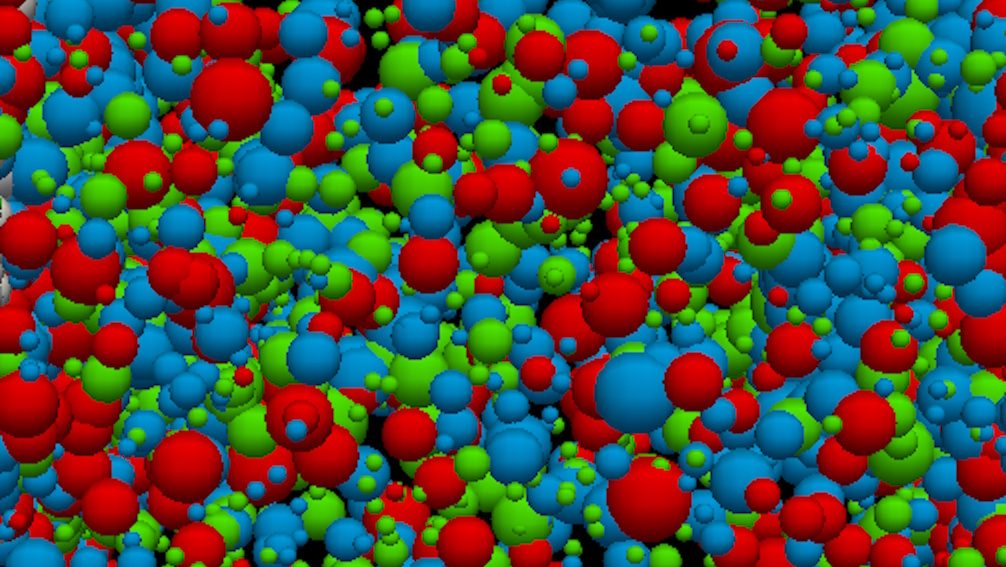
In many ways, the Big Bang represents one of the most profound ideas to emerge from Einstein’s General Theory of Relativity. This groundbreaking theory has provided insights into phenomena ranging from gravitational waves to black holes, all stemming from the understanding that spacetime itself is dynamic, evolving based on the properties and behavior of matter and energy. When Einstein’s equations were applied to the universe as a whole, assuming a nearly uniform distribution of matter and energy, the result was an expanding universe. By tracing this expansion backward in time, scientists arrived at the concept of a hot, dense, and uniform early universe.
However, evidence from the cosmic microwave background (CMB) suggests that the Big Bang did not reach the highest possible temperatures, such as those associated with the Planck scale. If it had, we would expect to find certain signatures in the CMB that are not present. Instead, the CMB indicates an inflationary past followed by a less hot, early, dense state. While the exact temperature of the Big Bang’s earliest stages remains unknown, scientists have established both upper and lower limits that guide ongoing research into our cosmic origins.
Theoretical Foundations and Observational Breakthroughs
The story of the Big Bang began in the 1920s with two significant developments. Theoretically, Alexander Friedmann applied Einstein’s field equations to a universe filled uniformly with energy, discovering that such a universe could not remain static unless it was entirely empty. Any universe with matter must either expand or contract, as detailed by the Friedmann equations.
Simultaneously, astronomer Edwin Hubble, along with Milton Humason, observed stars in galaxies beyond the Milky Way, measuring their distances. Combined with Vesto Slipher’s earlier observations of galactic redshifts, these findings supported the conclusion that the universe was expanding. This synthesis of theoretical and observational work confirmed the expansion of the universe, allowing scientists to infer its composition and evolution.
Insights from the Cosmic Microwave Background
The CMB, the remnant glow from the early universe, provides critical insights into the Big Bang. It confirms a universe that is spatially flat and incredibly uniform, with a temperature of 2.7255 K observed in all directions. The CMB also reveals tiny temperature fluctuations, which are Gaussian in nature and nearly scale-invariant, as well as a universe dominated by dark matter, which outmasses normal matter by a 5-to-1 ratio. These observations were hailed as the “smoking gun” proof of the Big Bang.
“The CMB exhibits a blackbody spectrum, precisely what we’d expect if it was of primeval, cosmic origin.”
Despite these confirmations, puzzles such as the horizon problem, the flatness problem, and the monopole problem suggested that the early universe could not have reached arbitrarily high temperatures. The proposed solution was cosmic inflation, a period of exponential expansion that preceded the hot Big Bang.
Inflationary Theory and Its Implications
Proposed in the early 1980s, inflation theory posits that the universe underwent a rapid expansion driven by a form of energy inherent to space itself. This theory addresses the puzzles left by the hot Big Bang model, explaining the uniformity of the observable universe and its flatness, while avoiding the creation of unwanted relics like monopoles.
Inflation also leads to predictions that differ from a non-inflationary Big Bang, including a spectrum of seed fluctuations that are Gaussian and nearly identical across scales. These fluctuations are adiabatic, not isocurvature, and the universe post-inflation should be nearly flat with minor imperfections.
Exploring Inflationary Models
Inflationary models vary, with differences in the scalar spectral index and the tensor-to-scalar ratio, which are influenced by the shape of the inflationary potential. Observations from the CMB and large-scale cosmic structures help constrain these models, but significant uncertainties remain.
“The maximum temperature the universe could have reached post-inflation is around 1028 K, far below the Planck scale but vastly higher than energies achievable in current particle colliders.”
These constraints have profound implications for the tensor-to-scalar ratio of gravitational waves produced by inflation. A lower energy scale results in a significantly reduced tensor amplitude, making detection challenging.
Future Directions and Unanswered Questions
As scientists continue to search for B-mode polarization signals in the CMB, which would indicate gravitational waves from inflation, the absence of evidence is not evidence of absence. The potential for revolutionary discoveries remains, but the challenges are immense.
The uncertainties in the inflationary temperature and energy scale suggest a maximum temperature range for the early universe between 1024 and 1028 K. This range, while below the Planck scale, is still millions of times greater than current experimental capabilities.
As research progresses, the quest to understand the Big Bang’s temperature continues to captivate scientists, driving them to explore the fundamental nature of our universe. The journey to uncover the mysteries of our cosmic beginnings is far from over, with each discovery paving the way for new questions and insights.




